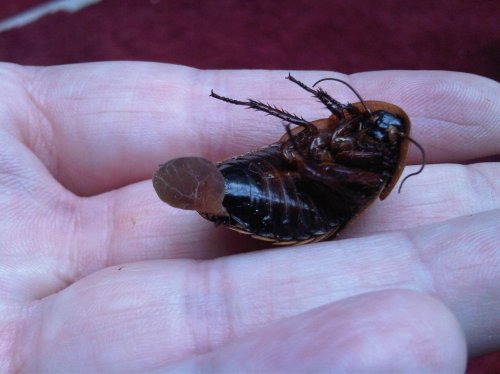FFSTRescue
New Member
I can't figure out what I am doing wrong! I find about 3-5 dead every day! I have them in a large bin, have a heating pad under half of the container that gets between 85-95, and I feed them fresh fruit and vegetables. I clean up areas where moisture from the fruit causes dampness. So what am I doing wrong?
It is mostly adults that I find dying, but occasionally it is young ones. I probably only find 5 younger ones dead per week, but the adults are what I find dead all the time.
What really makes me angry is that I ordered them from a pretty well-known seller that offers pretty good prices, and I was able to order 100 adult females for about $65, and a mix of 50 male/females for a pretty high price, and I placed several of those orders spending hundreds, and I asked them if these were all old and ready to die soon because I was going to use them for breeding, not food, and he said no, so I bought them. Well, obviously they were old because several were dead when they arrived, and since I purchased them about two to three months ago, I'd say about 3/4 of them are already dead.
Given that there are so few young roaches that die and such a large number of adults that die, could it be that they sold off their old roaches? The temps, humidity, and food are ideal, so I can't think of what else it could be. Very frustrating and unethical and I am not going to buy from them again if that is the case.
Also, I have noticed that some of the females have what looks like a sac hanging from their back end, has anyone seen this before? It almost looks like a prolapse of some kind, and they all die shortly after I see this.
It is mostly adults that I find dying, but occasionally it is young ones. I probably only find 5 younger ones dead per week, but the adults are what I find dead all the time.
What really makes me angry is that I ordered them from a pretty well-known seller that offers pretty good prices, and I was able to order 100 adult females for about $65, and a mix of 50 male/females for a pretty high price, and I placed several of those orders spending hundreds, and I asked them if these were all old and ready to die soon because I was going to use them for breeding, not food, and he said no, so I bought them. Well, obviously they were old because several were dead when they arrived, and since I purchased them about two to three months ago, I'd say about 3/4 of them are already dead.
Given that there are so few young roaches that die and such a large number of adults that die, could it be that they sold off their old roaches? The temps, humidity, and food are ideal, so I can't think of what else it could be. Very frustrating and unethical and I am not going to buy from them again if that is the case.
Also, I have noticed that some of the females have what looks like a sac hanging from their back end, has anyone seen this before? It almost looks like a prolapse of some kind, and they all die shortly after I see this.





